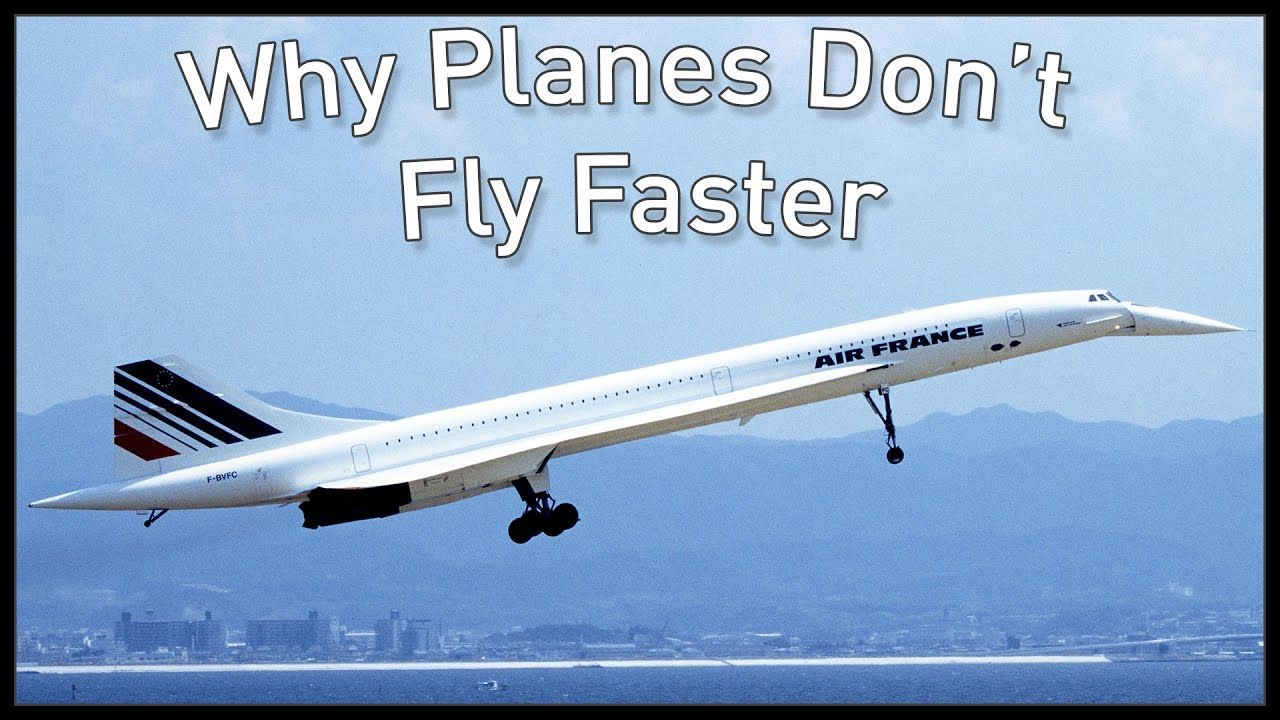When British Airways and Air France started offering flights in the Concorde Supersonic Jet back in the 1970s, it seemed as if slow flights were soon to be a thing of the past. After all, breaking the speed of sound (767.269 mph) isn’t only something that most people don’t get to experience, but is much faster than the 500 to 600 mph speeds usually seen on commercial flights. When supersonic commercial flights started taking place, some people jumped onboard just to experience it, while others found it a great alternative to spending eight hours to cross the Atlantic. But, there were a few major problems.
First off, those supersonic flights were expensive – not only for passengers but for flight operators as well. The Concord held just 100 passengers, only some of which actually paid for their tickets while others used miles earned for free flights. The Concorde was uncomfortably tight, and despite being considering “luxury” wasn’t much better than the economy seats that we purchase today on large, subsonic airliners that haul hundreds of people.
What it boils down to is the fact that supersonic flight is expensive, the transonic speed between Mach 0.8 and Mach 1.2 is turbulent and destabilizing to aircraft. So, airliners must stick below Mach 0.8 or well above it at somewhere around Mach 1.2. So much air resistance and drag creates a huge draw on fuel and thus makes supersonic flights extremely expensive and inefficient.
But, that’s not the only reason flights are slower now – even passenger jets that don’t have supersonic capability take longer to get from point A to point B. This boils down to airline companies competing for fuel economy. Flying at 550 mph is far more efficient than at 700 mph, for instance. And, as such, the slow flight times actually save enough fuel to make flights profitable for airlines.
Most general passengers would rather pay less and spend more time in the air anyway. Why not get your night’s sleep flying across the Atlantic instead of paying three or four times more to get there in a few hours? To most people, the time spent is a fair trade off to save money.
Another thing that makes for longer flight times is the sheer number of people traveling and planes in the air. Things like boarding, take off, landing, etc. are all including in flight times these days to help ensure that flights still arrive on time. But, that’s just the gist of it all. Take a look at this video from Wendover Productions that breaks it all down in detail, then tell us what you think in the comments section below.
.

